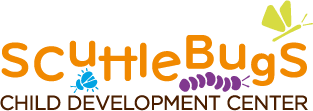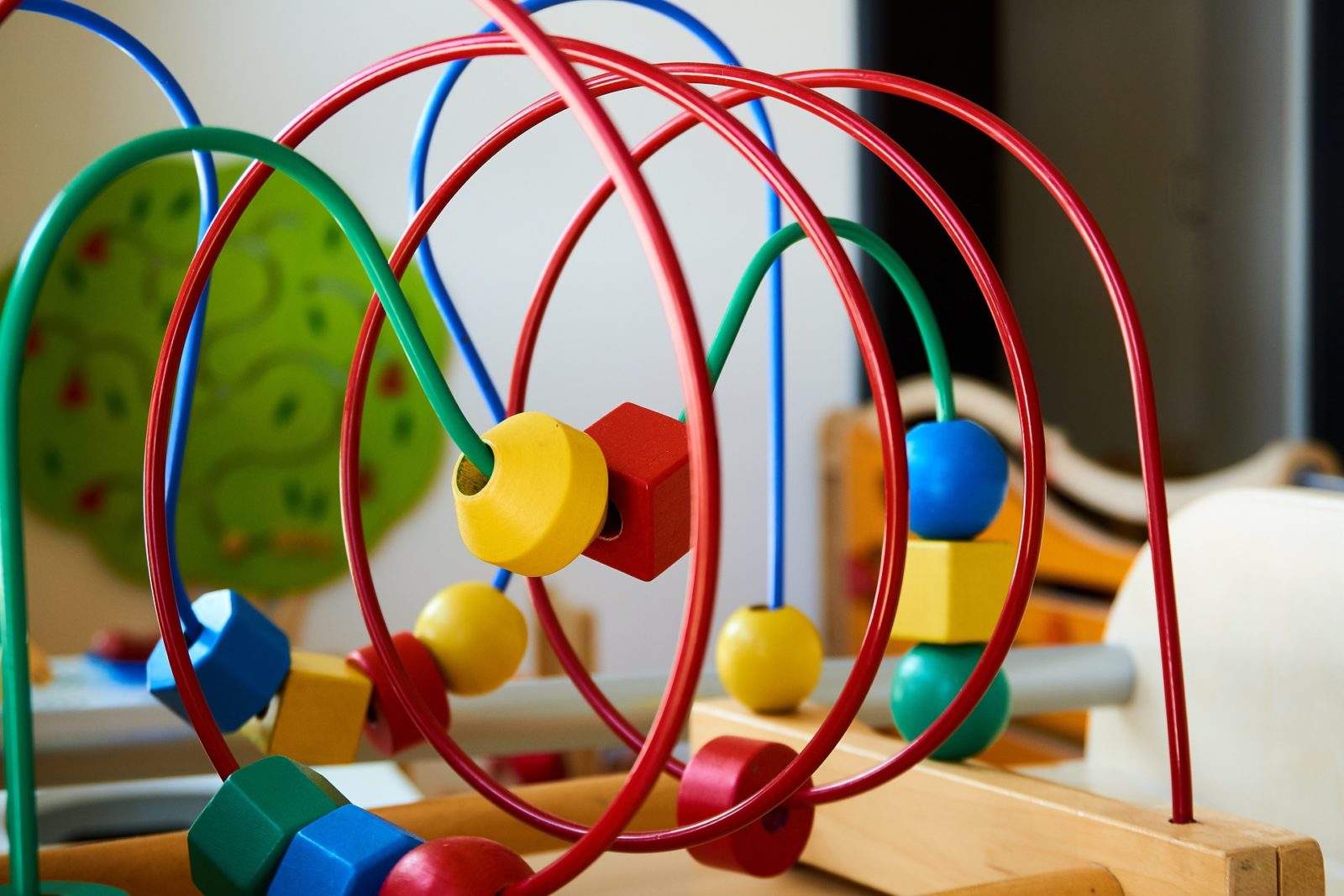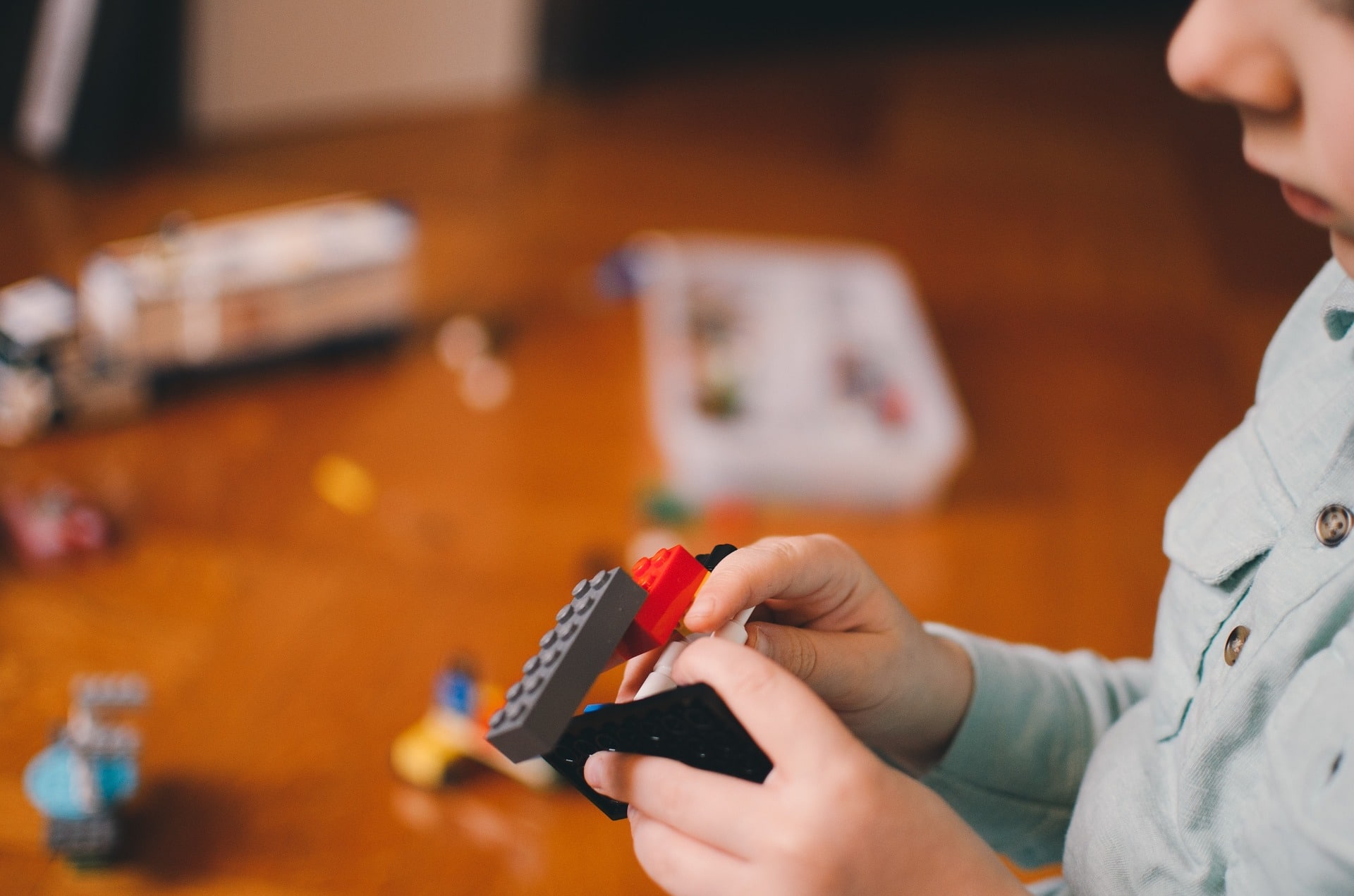
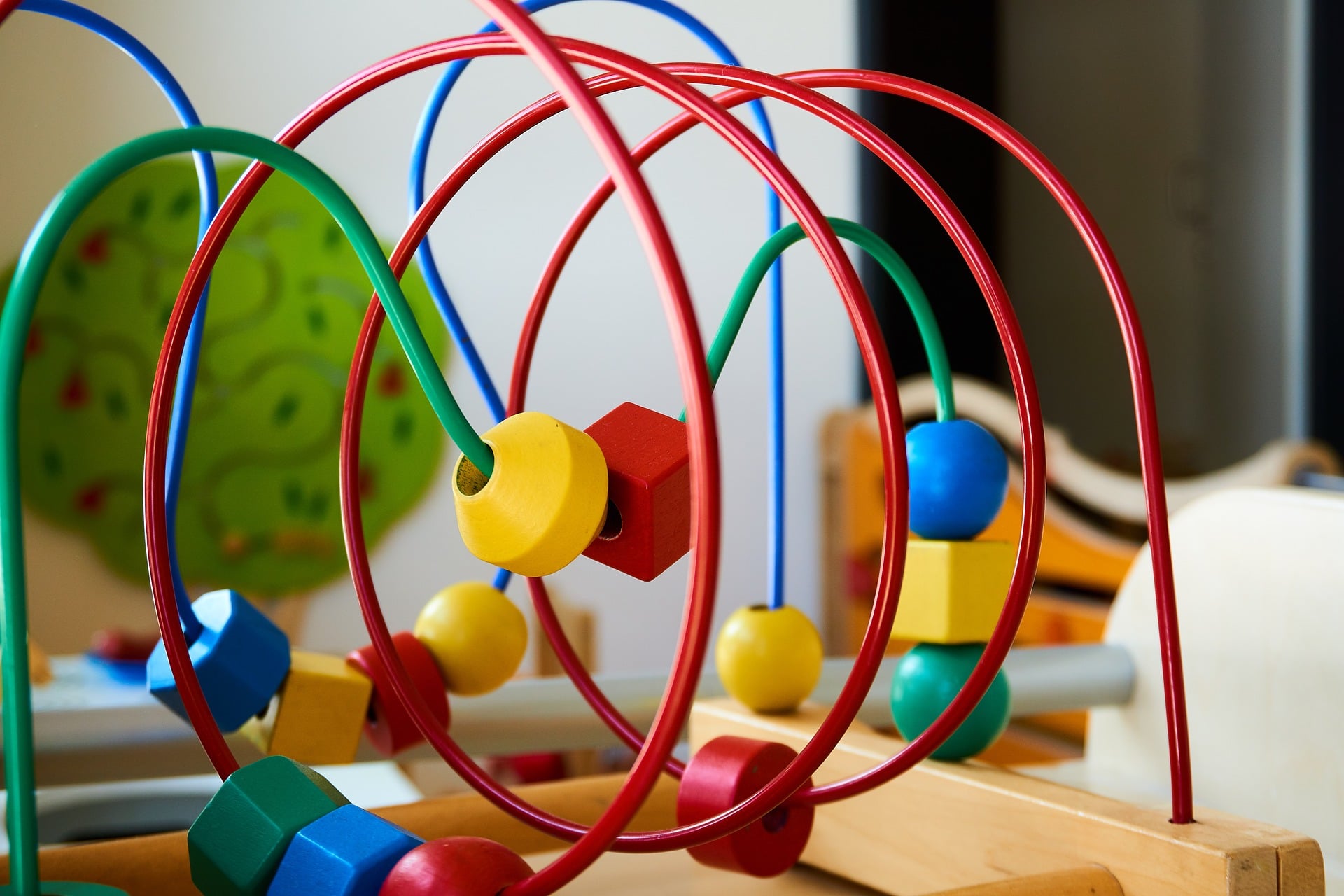
In a Reggio Emilia inspired classroom careful attention is placed on the look and feel of the learning environments within a school. By objectively considering how materials are displayed in addition to ensuring that children have access to those materials, one fosters creative exploration and engagement. Items, objects and resources related to the subjects and objectives we are working with are arranged in enticing, imaginative, inviting, and/or thoughtful ways. The environment will not feel cluttered or institutional, it will feel naturally inspiring. In such an environment children are provided with the opportunity not only to achieve learning and development goals but they also have the opportunity to explore even further on their own subjects we are working with. We aim to provide children with the space and resources to engage subjects and skills as often and from as many angles as possible across the various curriculum domains.
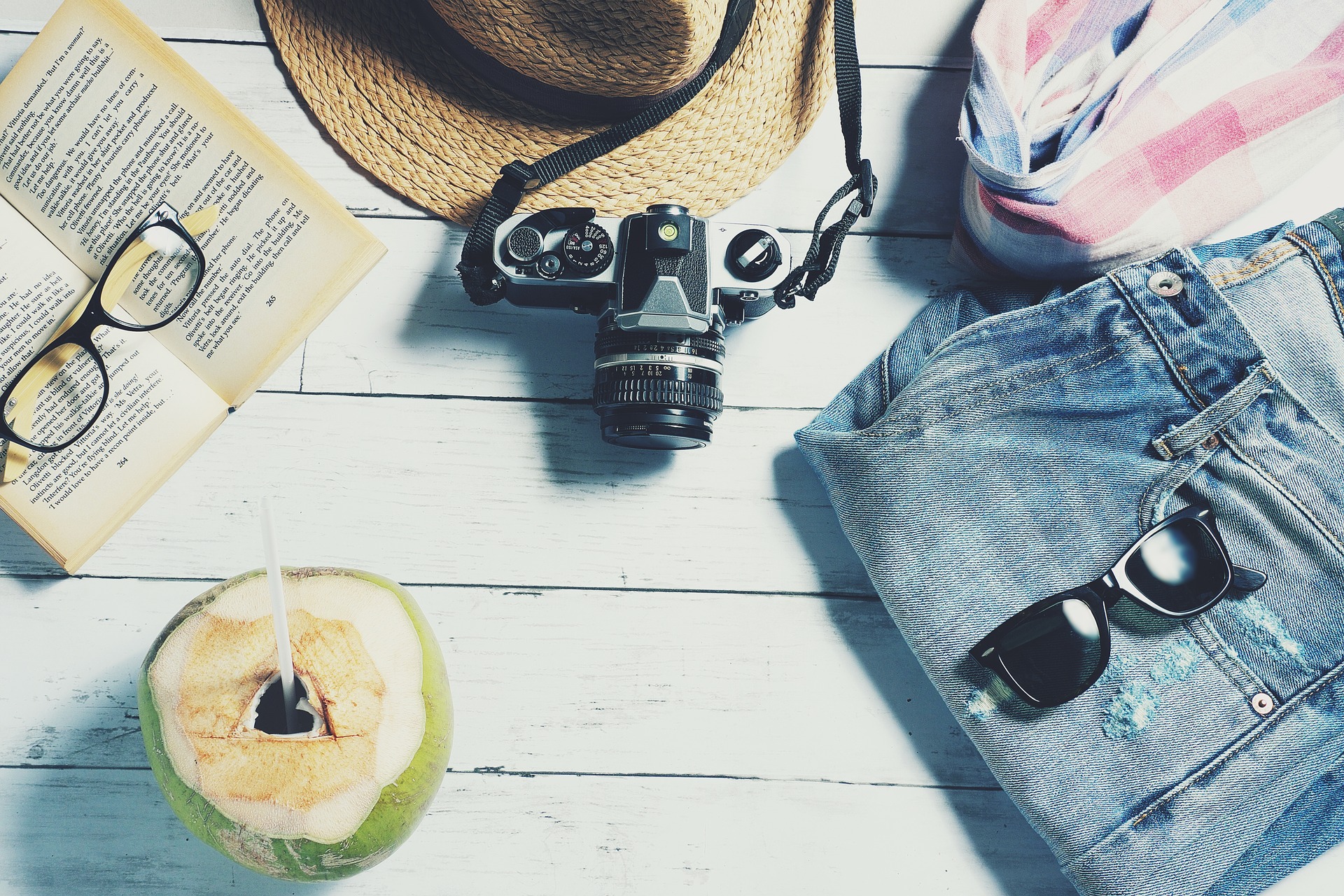
For this reason alone we choose not to employ the concept of using learning spaces simply as a background for learning, but instead to create responsive environments that generate interactive experiences, which are crucial to early learning. You might just think about that at home when your child shows an interest, for example, in counting. How can you employ your home environment to take on the ever important “third teacher” role?
